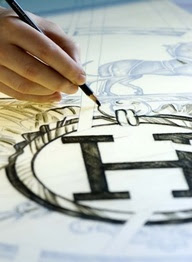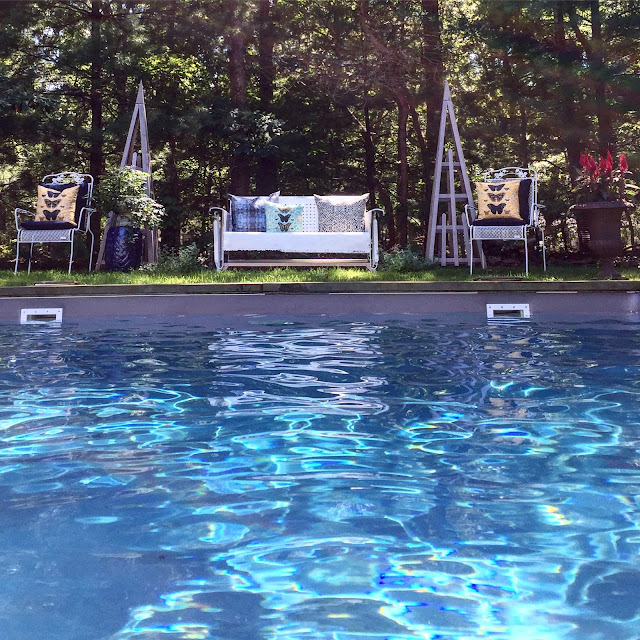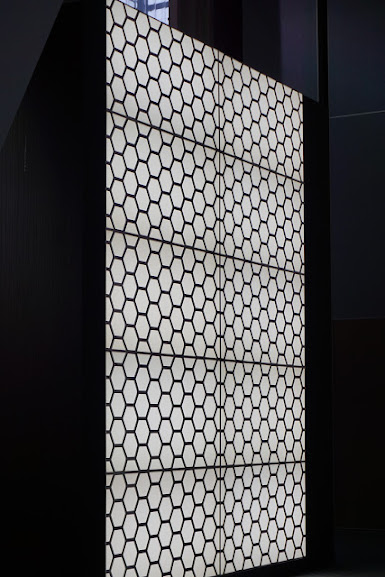Why In Design: The history & value of covering your walls with Beadboard Wainscoting
wain·scot·ing
ˈwānˌskōtiNG,-ˌskä-/
Wainscoting is a bit of a fancy word for decorative wood paneling. Beadboard Wainscoting the wall halfway up from the floor then painted a summer white is very popular in both the historic and new homes here in the Hamptons, New England and other areas near the ocean. Originating from England over four hundred years ago, it holds a traditional yet casual aesthetic. It was first believed to be used in order to hold in the warmth and keep the dampness at bay. I love the look, especially in a simple farm house where there is a lack of architectural detailing otherwise. Wainscoting a wall frames out the space and gives it a cozy, clean feeling, and it is not only beautiful but has practical aspects to it as well. When hung at a specific height it preserves the wall from chair scuffs, giving the name "chair rail" its meaning. A chair rail is typically hung about 36-42" from the floor. This rail will then be set at the height where a chair hits the wall, explaining why wainscoting is popular in dining rooms and kitchens.
What is it comprised of?
There is a baseboard molding (on the bottom of the wall to the floor), then wall panels (the beadboard), and then a top chair rail. It was originally made with hard woods to withstand the test of time and harsh elements, today it can be found in any wood and even PVC material for easy application. Today you can even pick it up in pre-sized ready-to-hang lengths and kits, but it was originally a painstaking process of tongue and groove technique with each board needing to be individually hung. These boards are held in place by the base boarding and the top by the chair rail. The boards, rail and baseboard can be narrow or chunky and created in many architectural styles with details depending upon the look you prefer.
Find my hashtag #UnHamptons on Instagram @TamaraStephenson

Happy Nesting
XO Tamara












